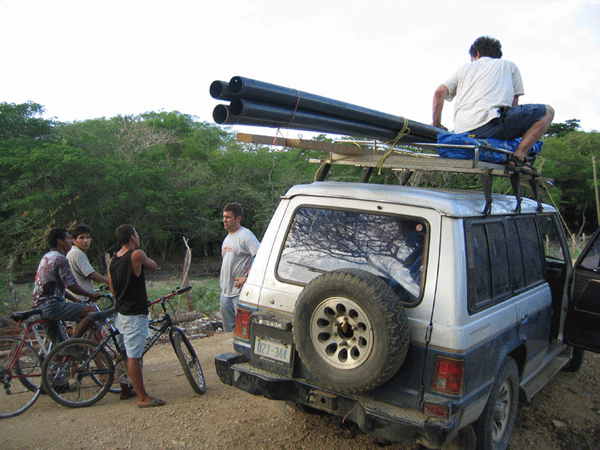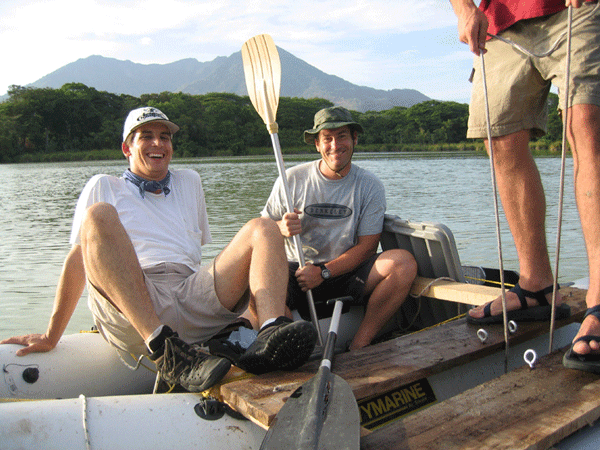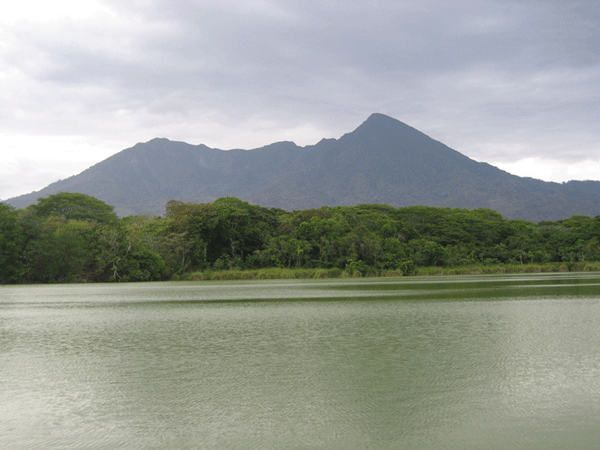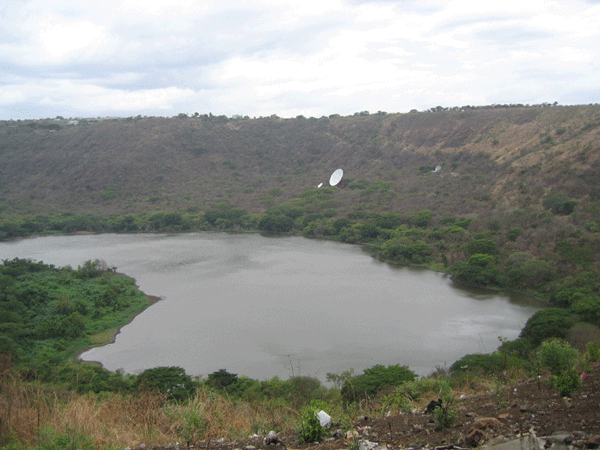 |
||||||||||||||
|
|
||||||||||||||
|
Nicaragua
|
|
Lacustrine Records of Environmental Change and Geologic Risk From Nicaragua - Collaborators include Nathan Stansell, Manuel Roman-Lacayo, Byron Steinman, Robert Dull, amd Michael Rubinov among others Archaeological and paleoenvironmental evidence has linked events such as the collapse of prehistoric and historic societies to abrupt environmental change. Archaeological research in the Masaya region of Nicaragua identified dramatic population growth during the late Holocene, punctuated by several periods of abrupt cultural collapse. Nicaragua sustained numerous geologically and climatologically driven environmental hazards during the late Holocene, including an overall increased aridity, multiple ENSO events, earthquakes, hurricanes, and volcanic hazards. Current paleoenvironmental records from Central America are limited in spatial and temporal resolution. Our multi-proxy analysis of lake sediment cores including stable isotope, pollen, paleomagnetism, physical analyses, and Geographic Information Systems (GIS) will provide the first high-resolution reconstruction of paleoenvironmental change and geologic risk from Nicaragua.
Resulting publications include Lacustrine Stable Isotope Record of Precipitation Changes in Nicaragua During the Little Ice Age and Medieval Climate Anomaly. Discerning the influences of the El Nino Southern Oscillation (ENSO) and the North Atlantic Oscillation (NAO) on drought variability in the tropics during the Medieval Climate Anomaly (MCA) and Little Ice Age (LIA) will help to improve our understanding of climate system responses to internal and external forcing. Sediments from Lago El Gancho, Nicaragua, provide an ~1400 yr record of water balance (precipitation and evaporation) changes from a region that is sensitive to teleconnected Pacific and Atlantic ocean-atmosphere dynamics. Oxygen isotope values of ostracod carapaces (d18Oostracod) are consistently low in El Gancho sediments between ca. AD 950 and 1250, indicating that wetter conditions prevailed during the MCA, a period of La Nina–like mean state conditions in the tropical Pacific, and a positive mean state of the NAO. The ~150 yr period between the MCA and LIA was marked by an abrupt shift to persistently drier conditions at a time of highly variable Pacific sea-surface tem- peratures, and a transition toward a more negative NAO phase. In sediment from ca. AD 1450 to the present, d18Oostracod values increase, suggesting that drier conditions persisted through most of the LIA, a time of a relatively negative NAO phase and El Nino–like mean state conditions in the tropical Pacific. The long-term precipitation trends inferred from the El Gancho data are not entirely consistent with modern associations between precipitation in the circum-Caribbean region and the NAO, suggesting that present-day hydroclimatic shifts resulting from variability in synoptic climate patterns are dissimilar to changes resulting from teleconnected ocean-atmosphere dynamics that operated during the MCA and LIA.
Also see Nathan Stansell's web site for his paper entitled Radiocarbon Ages for the Timing of Debris Avalanches at Mombacho Volcano, Nicaragua |
|




